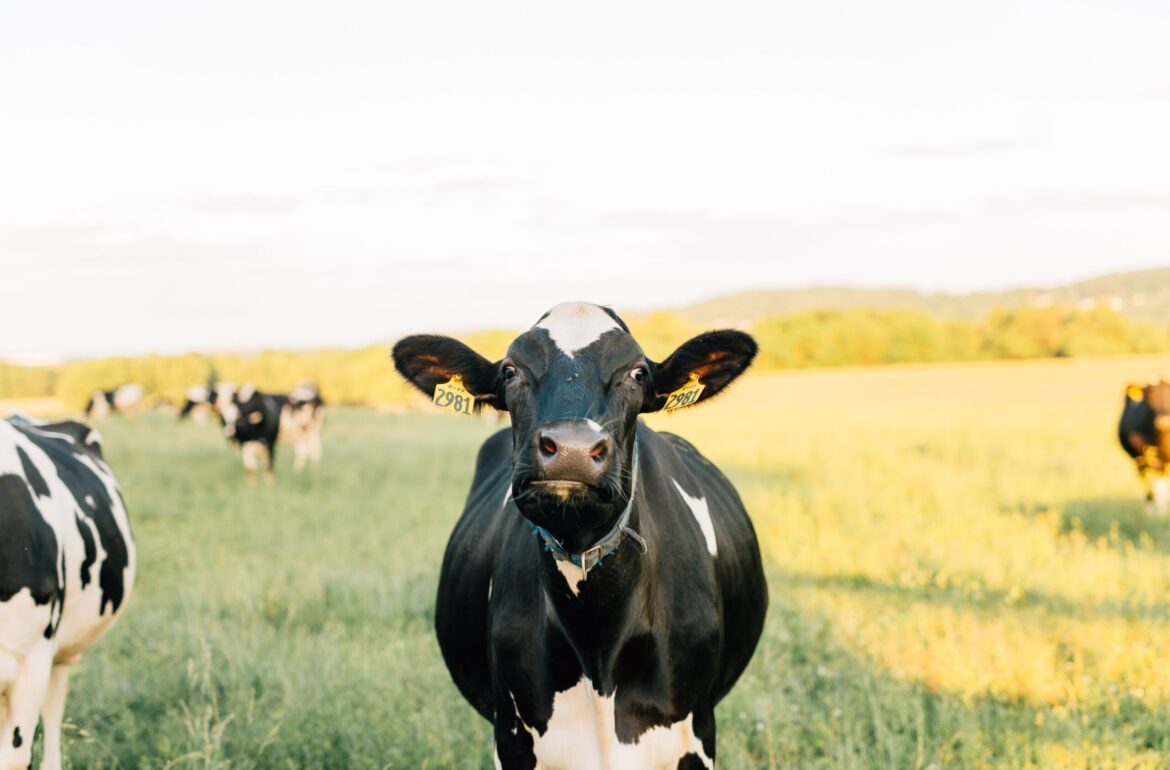Although diabetes and other diseases caused by insulin disorder are a growing problem in humans, the same concerns apply to poorly kept and badly fed cows in farms. The doctoral thesis of the Estonian University of Life Sciences indicates that obesity promises metabolic diseases to cows.
In recent decades, more and more people suffer from diseases caused by a disturbance of the pancreatic hormone insulin metabolism. For example, people are increasingly affected by diabetes, as well as its milder variant insulin resistance. Although the factors contributing to the development of these diseases are not exactly clear, it can be argued that adipose tissue processes play an important role in this. Excess of so-called bad fat is one of the biggest risk factors for these diseases.
When a person’s insulin signalling is disrupted, the main problem in their body is too high of a glucose concentration in the blood. Its insulin-sensitive cells don’t remove excess glucose from the blood. But when food is consumed and digested, new glucose is constantly accumulating in the blood.
Dairy cows don’t have problems with excess glucose. Rather, they are always lacking some because glucose is transported to the udder without insulin, where the lactose synthesized from it increases milk yield.
In addition, cows are ruminants whose gastrointestinal characteristics cause very little glucose from their feed to enter the bloodstream. Thus, the effect of insulin on bovine glucose metabolism is relatively small. The role of insulin in ruminant lipid metabolism is much more important.
The offspring of mammals are born relatively helpless, and in the first months of life, they are completely dependent on their mother’s milk. At the beginning of the lactation, nature favours new life. This means that the mother keeps producing milk, even if she does not have enough food herself.
The high-yielding animals kept at farms use the energy stored in adipose at the beginning of lactation to ensure a higher milk yield. However, using reserve energy too fast increases their incidence of metabolic diseases. Cows whose metabolism is overloaded with feeding and housing errors or pathogens are particularly at risk.
Therefore, it is important to better understand the cow’s metabolic processes and regulations that can lead to excessive use of reserve energy. Priit Karis’s dissertation deals with the relationship between the volume of adipose tissue in dairy cows in dry period and the use of reserve fats, insulin resistance, and glucose. He also investigated how the volume of adipose tissue affects the expression of genes regulating lipid metabolism in adipose tissue. The results of his work show that an overweight cow is a problem cow.
Priit Karis, a doctoral student at the Estonian University of Life Sciences, defended his doctoral dissertation on “Relationships Between Body Condition, Lipomobilization and Insulin Resistance in Dairy Cows” on 31 August.
The translation of this article from Estonian Public Broadcasting science news portal Novaator was funded by the European Regional Development Fund through Estonian Research Council.
 Back
Back



